Description
Objective: To identify areas of agreement and variation in clinical guidance documents (protocols, policies, or guidelines) that direct water birth care.
Design: Qualitative descriptive.
Setting: The clinical guidance documents studied covered water birth in the home and hospital settings.
Sample: The sample included 22 water birth guidance documents in English from six countries. The documents were obtained by request and resulting snowball sampling.
Measurements: The Framework Method was adapted as an analytic tool, and a structured matrix output was used to organize and support the method of qualitative content analysis using a general inductive approach. Areas of general agreement and variations in practice guidelines for water birth were identified.
Results: Criteria for a term, singleton, cephalic presentation with reassuring maternal and fetal status were the most consistent for inclusion. The reliance on “low risk” status was strongly present but without a uniform definition. A history of previous cesarean birth, body mass index, use of opioid pain medication, adequate labor progress, and vaginal bleeding were found to vary in directed care and scarce supporting evidence was offered. Meconium-stained fluid variably excluded water birth in most documents, but this was not supported by evidence. The inconsistent findings from this study are cohesive in the evidence they provide for needed research in areas that impact access to water birth. The findings also provide nurses and birth providers with evidence-based guidelines for water birth care.
Conclusion: There was variation across guidance documents that demonstrates water immersion is a flexible intervention that can be implemented in different settings and locations while following individual facility protocols for processes for care. An identified area of concern comes from examples of overly restrictive policies for water birth based on opinion or perceived risk rather than evidence from research.
Learning Objectives:?
- Compare the variation in clinical guidelines for water immersion during labor and birth.
- Evaluate the impact and availability of water birth in the United States.
Citation:?
Garcia, L. M., Vanderlaan, J., Kamanga, F. C., & Graham-Wood, B. A. (2023). Content analysis of water birth policies with implications for practice and research. Nursing for Women’s Health, 27(4). https://doi.org/10.1016/j.nwh.2023.02.006
Faculty & Faculty Disclosures:?
Lorraine M. Garcia, MSN, MA, WHNP-BC, CNM
Jennifer Vanderlaan, PhD, MPH, CNM
Foster C. Kamanga, BA, MA
Brandi Ann Graham-Wood, BSM, CPM, CDEM
Publication:?
Nursing for Women’s Health
Nursing Contact Hours:??
1.25 nursing contact hours (CNE available until August 7, 2026)?
AWHONN Accreditation Statement??
The Association of Women’s Health, Obstetric and Neonatal Nurses is accredited as a provider of nursing continuing professional development by the American Nurses Credentialing Center’s Commission on Accreditation. Accredited status does not imply endorsement by AWHONN or the ANCC of any commercial products displayed or discussed in conjunction with an educational activity. AWHONN is approved by the California Board of Registered Nursing, provider # CEP580.??
Copyright© 2023 by the Association of Women’s Health, Obstetric and Neonatal Nurses. All rights reserved. This material may not be reproduced or transmitted in any form or by any other means, electronic or mechanical, including photocopy recording without permission in writing from the Association of Women’s Health, Obstetric and Neonatal Nurses.???
Requests for permission to use or reproduce material from this activity should be directed to?permissions@awhonn.org?or mailed to: Permissions, AWHONN, Suite 740S, 1800 M Street, NW, Washington, DC

